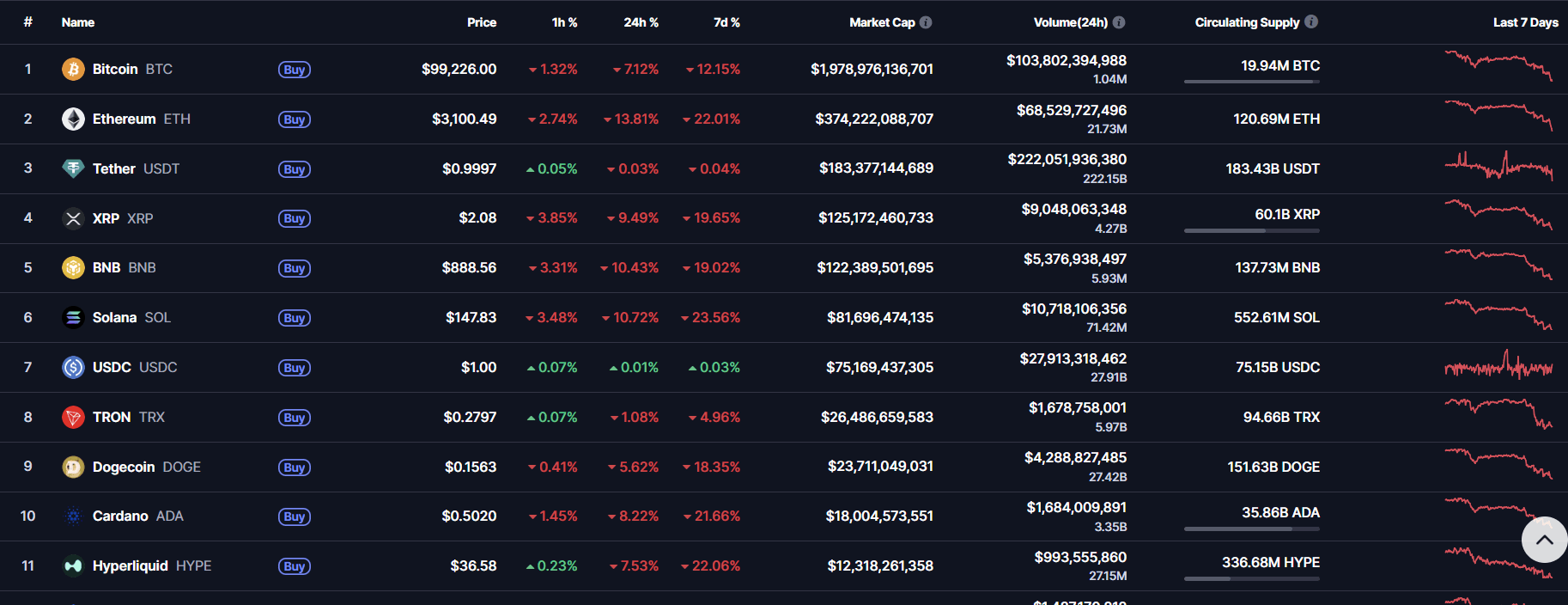Blockchain Bridges: Linking Blockchains—But How Secure Are They?
- Blockchain bridges enable cross-chain asset transfers, critical for Komodo's interoperability and DeFi ecosystems. - Security risks persist: Balancer's $117M 2025 exploit exposed smart contract vulnerabilities in DeFi protocols. - Komodo prioritizes security through Bitcoin-based consensus and modular design to reduce centralized bridge reliance. - Users must verify transfers, monitor fees, and avoid unverified protocols during active exploits to mitigate risks.
Understanding Blockchain Bridges: An Introductory Overview for
A blockchain bridge refers to a system or protocol that allows digital assets and information to move between separate blockchain platforms. For those using networks like Komodo, which focus on cross-chain compatibility and decentralized finance (DeFi), bridges are essential for linking different blockchains, enabling transactions across chains, and increasing the practical use of tokens. Nevertheless, recent notable security incidents in DeFi stress the necessity of being aware of both the benefits and potential dangers these solutions present.

Bridges between blockchains typically function by locking assets on one network and generating corresponding tokens on another, often utilizing smart contracts to automate and secure the process without the need for a central authority. This setup lets users take advantage of the unique features of various blockchains—like Ethereum’s programmable contracts and Bitcoin’s robust security—while avoiding centralized control. For example, Komodo’s technology for connecting blockchains supports effortless transfers between its own network and others, enabling features such as decentralized trading and cross-chain liquidity pools, as highlighted in a
Even with their advantages, blockchain bridges are frequent targets for cyberattacks. In November 2025, the DeFi platform built on Ethereum called
Protecting blockchain bridges is of utmost importance. The Balancer hack was one of several DeFi attacks in 2025, including a $70 million loss in August involving staked Ether, as covered by
Komodo’s strategy for cross-chain compatibility centers on security through a modular approach. Developers can build custom blockchains that still connect to Bitcoin’s proof-of-work system, which lessens dependence on centralized bridges. This approach fits with the industry’s move toward “sovereign AI” and decentralized systems, where users retain control over their assets and data, as stated in a
For newcomers, using blockchain bridges demands careful attention. It’s important to confirm the authenticity of cross-chain transfers, keep an eye on transaction costs, and steer clear of unverified protocols during ongoing attacks. The Balancer cases show how quickly security issues can escalate, putting even experienced investors at risk, as noted in the earlier Yahoo Finance article.
As blockchain technology advances, bridges will play a vital role in the DeFi ecosystem. However, their effectiveness depends on finding the right balance between innovation and security—a challenge that platforms like Komodo and Balancer are actively addressing.
Disclaimer: The content of this article solely reflects the author's opinion and does not represent the platform in any capacity. This article is not intended to serve as a reference for making investment decisions.
You may also like
Ethereum News Update: Ethereum ETFs See $210M Outflows While Altcoins Gain $200M from Institutional Investors
- US Ethereum ETFs saw $210M in 5-day outflows, with BlackRock's ETHA leading $81.7M daily redemptions amid regulatory uncertainty and market shifts. - Bitcoin ETFs lost $543.59M over 3 days, while Solana's BSOL ETF attracted $197M in inflows, reflecting institutional appetite for high-performance altcoins. - Ethereum's price fell below $3,500 as ETF redemptions worsened bearish pressure, contrasting with new Solana/Hedera ETFs drawing $199M in four days. - Market analysts highlight maturing crypto dynamic

Political Stalemate on Healthcare Funding Triggers Nationwide Emergency
- U.S. government shutdown hits 36 days, nearing 1995-96 record, as Congress deadlocks over healthcare funding and political concessions. - Economic impact grows: CBO warns of 1-2% GDP loss, $7B-$14B in irrecoverable costs, and 0.4% unemployment rise from prolonged closure. - Political tensions escalate: Senate Democrats block GOP funding bills, while Trump threatens to withhold SNAP benefits until government reopens. - Human crisis deepens: Food banks report surging demand, military families face food ins

Ethereum Crash Deepens: Can the $3K Line Hold or Will It Break Next?

Bitcoin Updates: Swiss Crypto Lending Offers 14% Returns Alongside Bank-Backed Insurance
- Swiss crypto lender Fulcrum offers 14% APR on stablecoins with Lloyd's insurance and FINMA regulation. - Platform uses 50% LTV over-collateralization and institutional-grade security to mitigate market risks. - Targets inflation-hedging investors by bridging traditional finance gaps with insured crypto yields. - Competes with alternatives like Bitget's zero-interest loans but emphasizes regulatory compliance and capital preservation.
